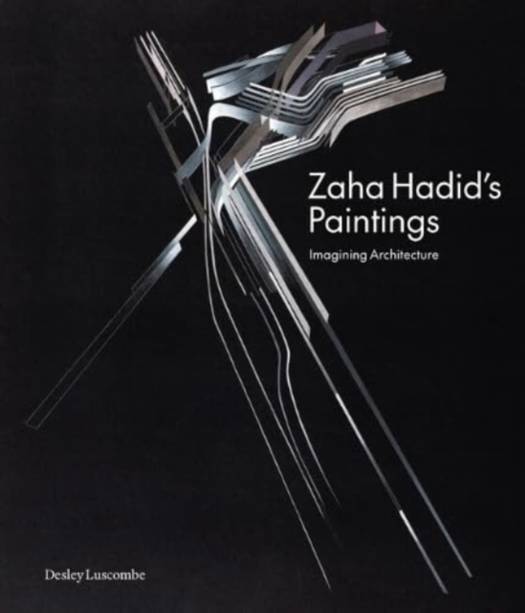
- Afhalen na 1 uur in een winkel met voorraad
- Gratis thuislevering in België vanaf € 30
- Ruim aanbod met 7 miljoen producten
- Afhalen na 1 uur in een winkel met voorraad
- Gratis thuislevering in België vanaf € 30
- Ruim aanbod met 7 miljoen producten
Omschrijving
Zaha Hadid is widely regarded as a visionary and influential architect, who became globally acclaimed by the time of her untimely death in 2016. This book is the first to focus on how painting was fundamental to her practice. During the first 20 years of her career, she earned her reputation through 'paper architecture' projects which were widely published in architecture journals and exhibited, but which remained largely unbuilt. Influenced by the Suprematists, she used her paintings as design tools and abstraction as an investigative structure for imagining architecture.
Drawing extensively on interviews with Hadid's contemporaries and her team of assistants and her past presentations and in-depth interviews, this book is the first to focus on the important aspect of Hadid's work. It examines selected paintings in detail, both critically assessing them in the wider context of 20th-century fine art - in relation to the Suprematists, de Stijl, Cubism and Futurism - and offering insights into how Hadid used the paintings to develop architectural and spatial ideas, which she would later realise in her buildings. The paintings were created at a pivotal time in architecture, just before the move away from hand drawing to computers and many of Hadid's paintings pre-empt the potential of digital and virtual reality.
Specificaties
Betrokkenen
- Auteur(s):
- Uitgeverij:
Inhoud
- Aantal bladzijden:
- 176
- Taal:
- Engels
Eigenschappen
- Productcode (EAN):
- 9781848226845
- Verschijningsdatum:
- 16/01/2025
- Uitvoering:
- Hardcover
- Formaat:
- Genaaid
- Afmetingen:
- 248 mm x 288 mm
- Gewicht:
- 1102 g

Alleen bij Standaard Boekhandel
Beoordelingen
We publiceren alleen reviews die voldoen aan de voorwaarden voor reviews. Bekijk onze voorwaarden voor reviews.











